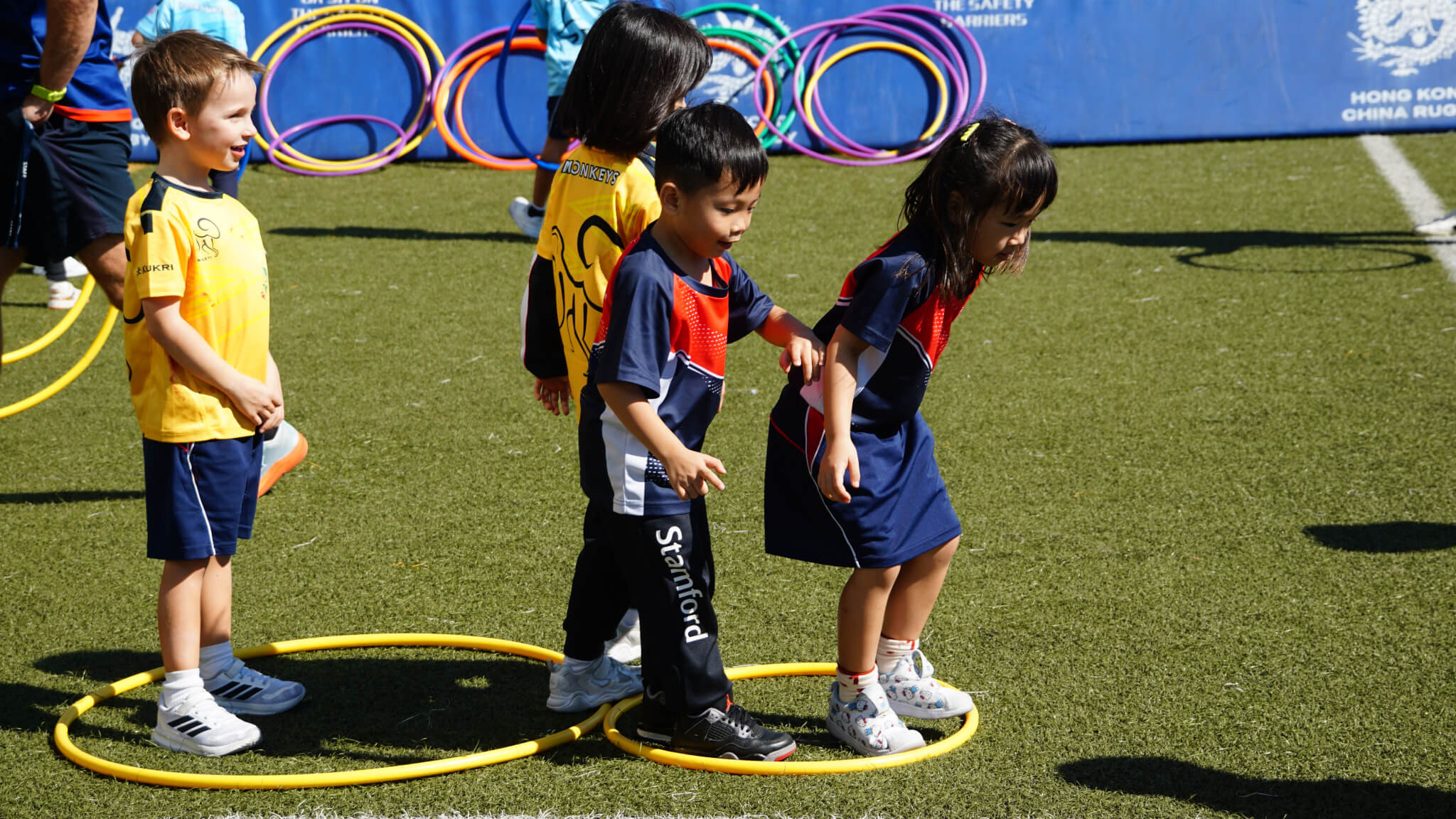It’s Monday afternoon. Between school, piano lessons, and a group project due the next day, your child bursts into tears over something as small as spilled water. But it’s not about the water; it’s the weight of a schedule that doesn’t stop. Sound familiar? As parents, we often find ourselves stretched too thin, too, saying “yes” to everything in an effort to do it all, be everywhere, and never disappoint.
But “no” doesn’t have to be negative. In fact, it can be one of the most powerful tools for raising confident, emotionally resilient children. Teaching kids to say no — and modeling that as parents — is key to developing strong emotional well-being. When children learn the importance of setting boundaries, they’re better equipped to handle stress, develop self-awareness, and respect the limits of others.
Why “No” is Essential for Kids’ Well-Being
Learning to say “no” plays a major role in a child’s emotional development. It helps lay the foundation for setting boundaries that support mental, social, and emotional growth. Below are five key ways this simple word can shape healthier habits and stronger self-awareness in children.
Develops Self-Awareness and Agency
Children who know how to say no start understanding what feels right or wrong for them. This builds their sense of self and helps them make thoughtful decisions. Over time, they learn to advocate for their own needs and recognize when something doesn’t align with their comfort or values.
Fosters Self-Esteem and Confidence
Saying no reinforces a child’s belief that their voice matters. When they are allowed to decline something respectfully, they feel empowered to trust their instincts. As others would put it, it can become a declaration of self-worth — a message every child deserves to internalize.
Teaches Emotional Regulation
Being able to express limits supports a child’s ability to manage stress. Instead of bottling up discomfort, they learn how to communicate it clearly. This prevents emotional buildup and encourages healthier coping mechanisms.
Prevents Burnout and Over-Scheduling
Kids need rest, play, and downtime to thrive. Learning to say no helps them guard against overwhelming commitments and burnout. It gives them permission to value balance over constant productivity.
Cultivates Respect for the Boundaries of Others
Children who understand how to set boundaries are more likely to respect those of others. They grasp that limits are normal and necessary in relationships. This promotes empathy and healthier peer interactions.
How Parents Can Model and Teach “No”
Children learn best by example, especially when it comes to setting boundaries. By modeling healthy limits in everyday life, parents can show kids what “no” looks like in action and how to use it with confidence and care.
Leading by Example
When you say no to non-essential tasks, take time to rest, or avoid overcommitting, your child notices. It shows them that protecting your energy is not only acceptable but also wise. Explain your reasoning in age-appropriate ways so they understand that “no” often comes from care and clarity.
Empowering Children to Say “No”
Create a safe environment where kids feel free to express their needs. Role-play common scenarios, such as turning down an invitation or declining a hug, to help them build confidence. Validate their responses and remind them it’s okay to speak up when something feels off.
Encouraging Honest and Clear Communication
Teach your child to use polite but firm language like “No, thank you” or “I’d rather not.” Let them know that offering alternatives, like suggesting another time, is sometimes helpful. These strategies build their ability to be assertive while staying respectful.
Respecting Children’s “No”
If your child declines something like a greeting or activity, and it’s safe to respect that, do so. This reinforces their autonomy and teaches them their voice has value. Avoid guilt-tripping, which can undermine their confidence in setting boundaries.
Practical Scenarios and Tips for Setting Boundaries
Boundaries show up in daily life more than we think. By guiding children through specific situations, parents can equip them with skills that will serve them well into adulthood.
Common Situations Where “No” is Needed
It’s not always easy for kids to know when to say no. Here are some areas where it can make a difference:
- Too many extracurricular activities: Juggling multiple commitments can lead to exhaustion. Help your child choose only what they truly enjoy and can manage with ease.
- Unwanted physical affection: Children should feel empowered to decline touch that makes them uncomfortable. Let them know it’s okay to say no, even to adults or relatives.
- Peer pressure: Whether it’s about behavior, clothing, or opinions, kids often feel pushed to conform. Teach them that saying no is a way to stay true to themselves.
- Excessive screen time: Set tech limits and explain the importance of rest for their eyes and mind. This helps them understand that breaks are healthy, not punishments.
- Household chores: Assigning chores is important, but so is balance. Make sure tasks are age-appropriate and allow room for play and rest.
Strategies for Parents to Implement Boundaries
Once kids understand the “why,” it’s easier to support the “how.” These strategies help make boundaries stick:
- Clear Expectations: Communicate rules in simple, concrete terms and explain the reasoning behind them. This creates a shared understanding between you and your child.
- Consistency: When boundaries change constantly, kids feel confused. Stick to what you’ve set and follow through calmly and predictably.
- Positive Reinforcement: Celebrate moments when your child expresses or respects boundaries. This encourages them to continue making healthy choices.
- Negotiation (Age-Appropriate): Older kids may want to discuss or renegotiate limits. Listen and offer room for reasonable compromise when appropriate.
- Visual Aids: Tools like calendars or chore charts help younger kids track their commitments. These visuals provide structure and reduce overwhelm.
Addressing Challenges and Misconceptions
Even with good intentions, why is setting boundaries so hard? Many adults struggle with it, too, and children are no different. These common roadblocks can be overcome with understanding and practice.
Fear of Offending Others
Kids (and adults) often worry that saying no will hurt someone’s feelings. Remind your child that saying no is about self-care, not rejection. Many people struggle with this because they don’t want to seem rude, but expressing limits respectfully is an important and healthy part of communication.
Guilt and Parental Pressure
Parents may feel guilty enforcing boundaries, especially when children resist. Normalize these feelings, but don’t let guilt override what’s best for your child. Long-term emotional well-being is more important than momentary discomfort.
Child’s Resistance to Boundaries
Some kids naturally push back when first introduced to limits. That’s completely normal. Stay calm, explain the reasoning clearly, and hold your ground with empathy and consistency.
Help Children Grow Through Boundaries
When children learn that “no” is a healthy word, they gain more than just a voice — they gain agency, balance, and resilience. Empowering them with boundaries builds a foundation for confidence and emotional well-being that lasts well into adulthood.
At Stamford American School Hong Kong, we help students develop not just academic excellence, but also emotional intelligence and self-awareness. Through our student well-being programs, we create a supportive environment where children can thrive — one where setting boundaries is encouraged, respected, and seen as a lifelong strength.





